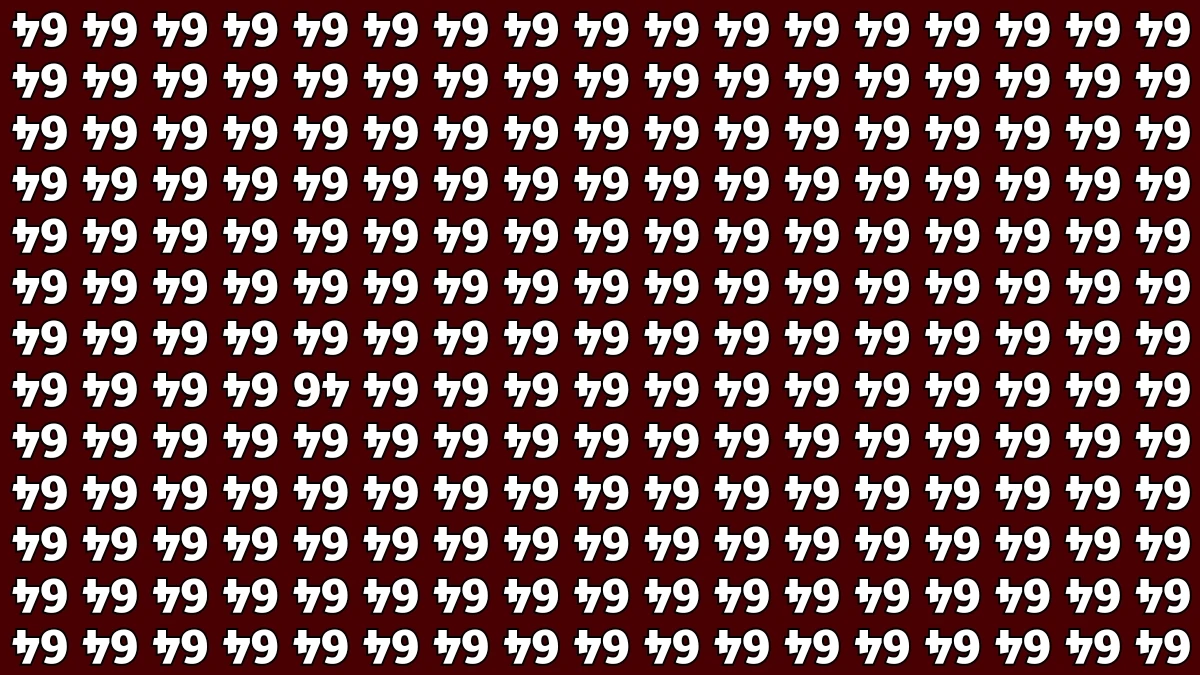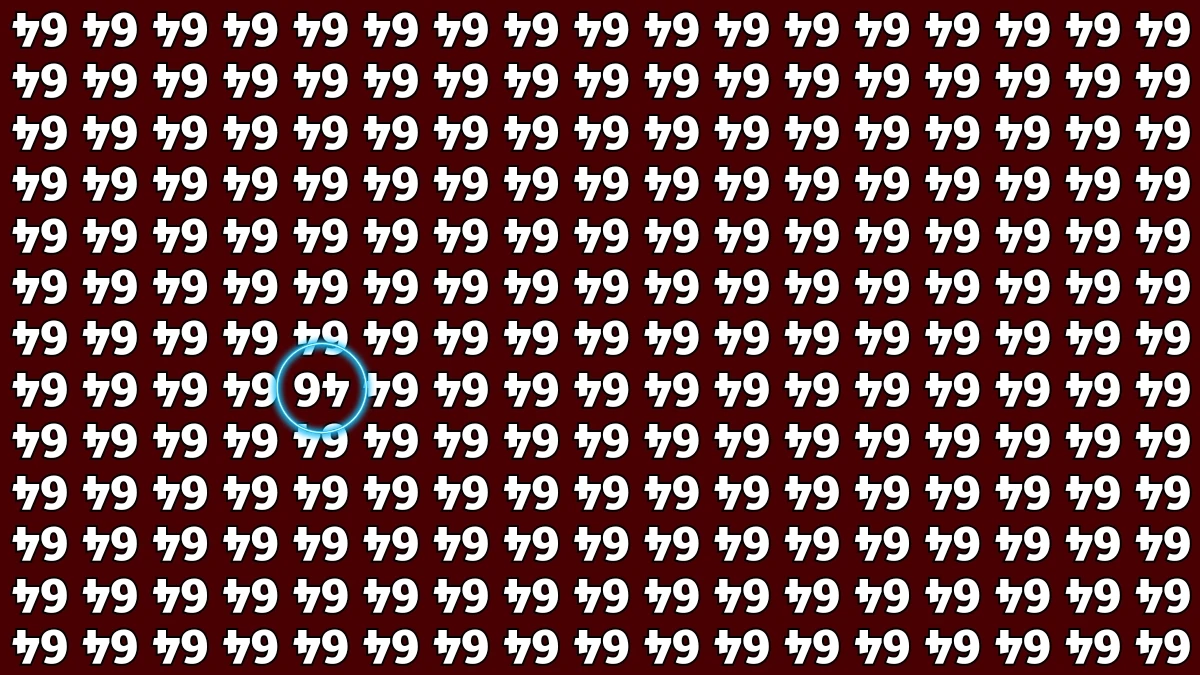Optical Illusion
An optical illusion is a visual phenomenon where what you perceive differs from reality, often tricking your brain into interpreting something that isn't there or misjudging spatial relationships, colors, or movements.
This happens because the brain uses shortcuts and assumptions based on past experiences and context to interpret visual information. As a result, illusions exploit these processes, causing you to see something in a distorted or unexpected way.
Some optical illusions rely on contrasts, light and shadow, while others play with colors, shapes, or movement, creating images that appear to change or shift depending on the viewer’s perspective.
The study of optical illusions is fascinating because it reveals how our brain processes visual information and how easily it can be deceived by certain patterns or stimuli.
Are You A Genius?: Within 9 Seconds Spot The Number 3026 among 3029
Optical Illusion IQ Test: Are You A Genius? Within 6 Seconds Spot The Inverted 46 among Inverted 64s
This Optical Illusion IQ Test is designed to challenge your observation and cognitive skills. The task is simple yet tricky: within just 6 seconds, you need to spot the inverted "46" hidden among several inverted "64"s.
While this may seem easy at first glance, the optical illusion plays tricks on your eyes, making it harder to distinguish the correct number.
This test is a great way to assess your mental agility, focus, and ability to quickly process visual information.
Are you ready to put your brain to the test and see if you have the sharp observation skills of a genius? Give it a try and challenge your friends to see who can spot the hidden number the fastest!

Try this Challenge: Within 5 Seconds Spot The Number 11 and 12 among 21
Optical Illusion IQ Test: Are You A Genius? Within 6 Seconds Spot The Inverted 46 among Inverted 64s - Solution
In this optical illusion, the challenge is to find the inverted "46" among numerous "64s" within a grid. At first glance, all the numbers seem to blend together with their similar structure.
However, by carefully scanning the pattern, the "46" can be spotted as it is the only one where the digits are reversed compared to the others.
The "4" and "6" in the "46" are flipped upside down, while the rest of the "64s" maintain their standard orientation. The "46" is usually hidden among the "64s" in such a way that it requires sharp attention to detail to identify.
This illusion tests not only visual perception but also one's ability to detect subtle differences in a repetitive pattern, emphasizing how easily our brains can overlook small variations.






